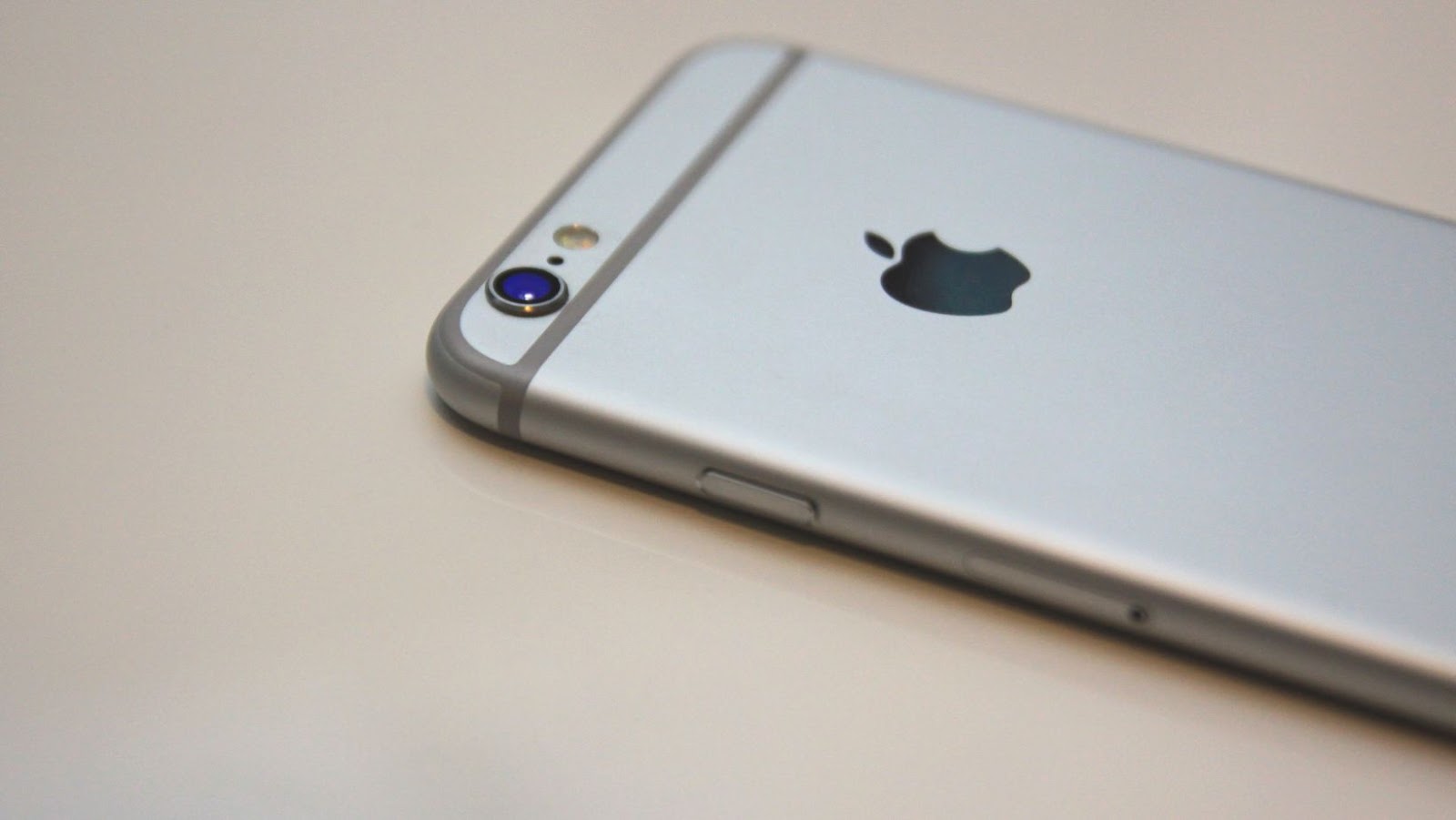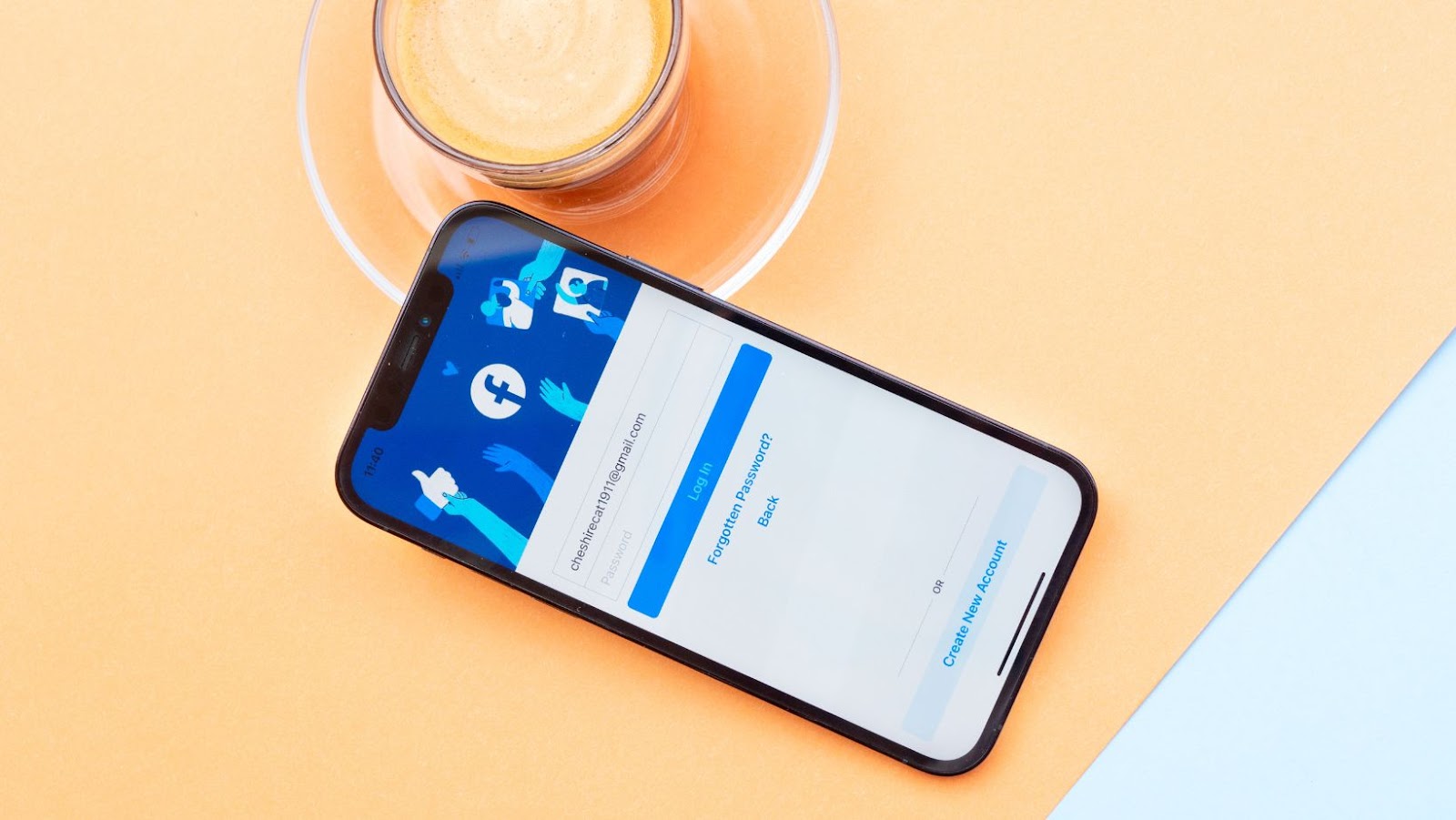Tap to pay transactions use contactless technology that lets customers pay quickly and securely with credit or debit cards, mobile wallets, and digital payment apps. Tap to pay is a convenient alternative to cash or traditional cards and can be used at participating retailers, gas stations, restaurants, and more.
However, it’s important to remember that with all making payments online or when using tap-to-pay systems comes the responsibility of making sure your transactions are secure. In this guide, we’ll look at your various options for safeguarding your financial information when making tap-to-pay purchases so that you can shop confidently and securely.
We’ll cover topics such as:
- Steps you can take to protect your personal information
- Different kinds of security features for contactless tapping
- Tips for recognizing a safe terminal environment and recognizing signs of potential fraud or identity theft
Tap to Pay on iPhone and Stripe Terminal
When making payments with your iPhone or a Stripe Terminal, it is important to consider the security aspects of the transaction. While the technology behind tap to pay transactions is reliable, there are certain security features which can help to ensure that your data is protected.
This article will look at the security features of tap to pay transactions.
Apple Pay
Apple Pay is Apple’s digital payment technology. It allows you to securely store your credit and debit cards and digital wallets in the Wallet app on your iPhone, iPad or Apple Watch. Once you add cards to your device, you can use Apple Pay to conduct payments at stores’ physical contactless POS systems or with mobile-enabled merchants that accept Apple Pay.
Using near field communication (NFC), a secure element on your device verifies each purchase and creates a token. This token is used in place of exposing personal information like the card number or identity when making transactions. For added security, authentication could be required using Face ID or Touch ID’s biometric verification functionality.
Apple Pay also features additional one-time security codes generated on demand with each transaction and other safety measures like two-factor authentication and card blocking when suspicious activities are detected. In addition, all transactions are encrypted to protect against fraudsters and hackers from accessing sensitive account information such as bank details and card numbers when making payments through Apple Pay.
Google Pay
Google Pay is a mobile payment system developed by Google to allow any Android device to be used as a contactless payment device. It was launched in 2018 and has multiple layers of security designed to protect your personal information and payment cards from fraud.
Firstly, it sets up a Virtual Account Number (VAN) for payments, guaranteeing that your card details remain anonymous when you make payments via NFC or tokenization. Then, when you add a credit or debit card, Google Pay encrypts it securely with the industry-standard encryption. All sensitive data is stored on secure servers and cannot be accessed by unauthorised parties.
In addition, Google Pay has mandated 2-factor authentication for users who have added multiple cards on their app. Any time someone attempts to purchase with one of these cards, they must enter their PIN and verify the transaction with another authentication method; either receiving an OTP message or using another biometric identification feature – such as fingerprint or face recognition – depending on the user’s device capabilities.
To assure customers further safety at checkout, when making tap to pay transactions with Google Pay merchants, show a dynamic security code that changes with each transaction. In addition, the code must match what the merchant receives for the payment to go through successfully. These measures ensure that your tap to pay experience always remains secure.

Samsung Pay
Samsung Pay is Samsung’s very own tap to pay service secured by advanced encryption technology. In addition, every payment you make with Samsung Pay requires Multi-factor authentication such as biometric authentication, passwords and PINs. All these security measures are designed to protect confidential financial information from unauthorised access.
Samsung Pay also uses tokenization which means that instead of using your real card details, a unique digital identifier will be generated for each transaction for added security. Furthermore, the digital identifier is replaced with a new one after each transaction, so even if someone manages to get hold of the data, it would be useless as it’s only valid for one-time use.
On top of that, Samsung Pay also has additional security features like anti-fraud services to detect any unusual activities and limit access by device location or IP address if needed.These features not only add an extra layer of security but can also provide early detection should something suspicious come up during transactions.
Security Features of Stripe Terminal
When you use Tap to Pay on your iPhone or Stripe Terminal, you want to ensure your payments are secure.
Stripe Terminal offers a range of security features such as encryption, tokenization, and fraud detection that can help protect your customers and their data.
Let’s take a closer look at the security features of Stripe Terminal and how they can help keep your payments safe.
Encryption
The system uses several layers of encryption to ensure that payments made through Stripe Terminal are secure. Data sent between card readers and phones is encrypted using AES-256 with Digital Encryption Standard (DES) or Triple DES (3DES) as an algorithm. In addition, all communication between merchant-facing devices and the Stripe Terminal infrastructure is encrypted using Transport Layer Security (TLS).
At the point of payment, card information is encrypted into a randomised “token” that can be used safely without revealing underlying credit or debit card data. Every token has a unique cryptographic signature connected merchants can verify during each transaction. As an additional layer of security, tokens are invalidated after a specified period to prevent replay attacks.
Other security features offered by Stripe Terminal include dynamic CVV2 verification for tap to pay transactions and EMV Chip & PIN authentication for PIN entry transactions. In addition, each customer purchase requires the customer’s signature before it can be processed which adds another layer of protection from fraudulent activities. Furthermore, customer refunds are issued directly from Stripe and not from your merchant account so there’s no risk to your sensitive customer data.

Tokenization
Tokenization is a security feature used by Stripe Terminal to ensure that payments are kept safe and secure. Tokenization creates a secure digital token or “card number” to replace the customer’s actual card number in any transactions, reducing the risk of fraud and unauthorised access to sensitive data.
Tokenization helps to protect user information by substituting the actual card number with a new set of numbers (token) linked to the original card. It also prevents stored information from being exposed, as that stored data only contains tokens rather than real card numbers.
Stripe Terminal’s tokenization security features include encryption for all communications, secure storage for all tokens, and auditing of all usage events. Tokens are also issued with an expiration date so customers don’t have to worry about their data becoming outdated or compromised over time. Additionally, PIN verification through verification codes helps verify customer identity to prevent fraudulent activity from occurring on their account.
Fraud Detection
Stripe Terminal helps protect your business from fraudulent transactions through transaction intelligence and advanced fraud-detection technologies. To keep your payments secure, Terminal uses Exposure Notification to look for red flags and suspicious behaviour when customers try to make a purchase. When flagged transactions are detected, Terminal requests extra identification before payment processing. This extra verification helps protect your business from fraudsters and gives you peace of mind that all your payments are safe.
Terminal also provides an additional layer of security through tokenization – a process that replaces a credit card’s sensitive information with an encrypted version. This ensures that even if data is stolen, it won’t be usable by criminals or others who don’t have permission to view it.
In addition to tokenization, Stripe also has additional features in place to ensure user security:
- Secure software certified by the PCI Security Standards Council (PCI SSC).
- An encryption gateway which encrypts all customer data before it touches our servers – providing another layer of data protection while helping merchants adhere to PCI compliance standards.
- An always-on monitoring system scans for potential threats, such as malicious processes and code injections.
- Access control systems which require authentication before granting access to sensitive parts of the system.
Best Practices for Tap to Pay Transactions
Tap to pay transactions are becoming increasingly popular as they provide customers with a secure and convenient way to pay. As these transactions become more commonplace, it is important to understand the best practices to ensure they are secure.
This section will examine some of the best practices for tap to pay transactions on iPhone and Stripe Terminal.
Use Strong Passwords
It is important to ensure that you are using a strong and unique password for any online accounts you use for tapping to pay. This includes mobile payment devices such as your debit, credit or NFC-enabled cards, accounts in e-payment services such as Alipay or WeChat Pay or even at physical points of sale with contactless terminals. A strong, unique password will help protect your account from unauthorised access and reduce the possibility of fraudulent transactions.
Your passwords should meet certain criteria to be considered strong. For example, any password should have at least 8 characters and should not be a commonly used term (such as “password”), word (such as “qwerty”), phrase (such as “iloveyou”), number (such as “123456”) or any other easily guessed pattern. Instead of these weak examples, create a complex mixture of numbers, uppercase and lowercase letters, and special characters. Additionally, the longer the length of your password, the stronger it will be against attacks on your account.
Finally, remember that you should never share your passwords with anyone else and make sure to change them regularly.

Enable Two-Factor Authentication
Where supported, we recommend enabling two-factor authentication (2FA) on your payment app and/or card when setting up your tap to pay transactions. When enabled, you must provide two pieces of information before the purchase can be approved — usually something you know (like a PIN or password) plus something you have (a mobile phone for an SMS code or physical token to generate a code).
This extra layer of authentication helps keep your transaction secure by verifying that the user is you. Look for apps and banks that provide this protection, as it will drastically reduce the chances of theft or fraud. You should also practise caution when using a public device to make payment transactions; make sure it’s explicit that you are not providing any sensitive information (such as a full credit card number).
With 2FA enabled, even if someone were to steal your card details or account credentials, they wouldn’t have access to the second verification factor needed to complete the purchase.
Use Secure Networks
Whenever possible, use secure networks before conducting tap to pay transactions. This is especially important when accessing the internet or sharing data with a third party. Most tap to pay solutions incorporate SSL or TLS (transport layer security) protocols to protect user information. These security layers encrypt the data before sending it across wireless networks.
Additionally, it is best practice for users to keep their devices updated with the latest operating systems and security patches, ensuring their transaction details remain secure. For these protocols to be effective, it is important that appropriate firewalls and encryption keys are also utilised throughout the system. Furthermore, an antivirus application should be installed on all devices from which a transaction will originate to prevent malicious software from entering the system and stealing information related to your card or bank accounts.
tags = Pay on iPhone, Running iOS 15.5 or later, iPhone XS or later, apple tap pay us stripe shopifymiller9to5mac, apple tap pay iphone stripe shopifymiller9to5mac, apple pay iphone us shopifymiller9to5mac
























































































